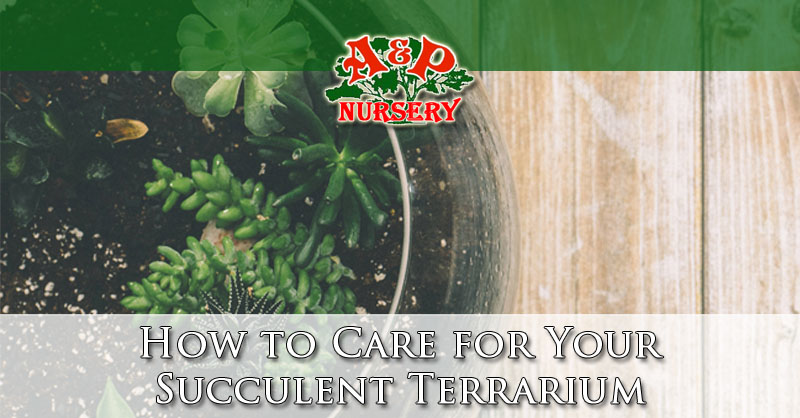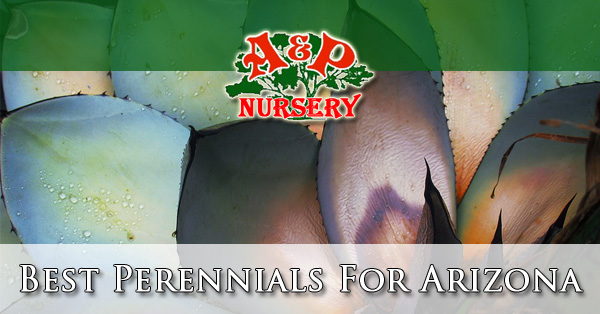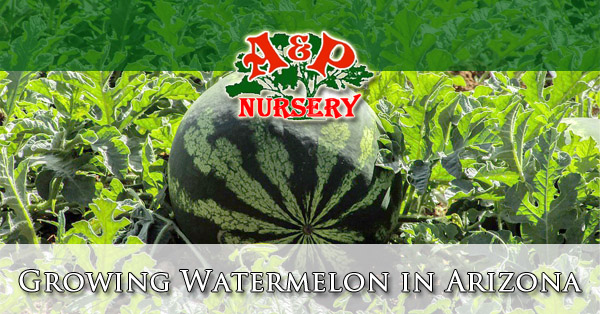
When starting out with succulents, we have managed to kill our fair share by either too much sun or too much water. However, after gaining some needed experience, we have learned that they are very forgiving and do not live at the same pace as we do. While we get hungry after a few hours, it may take them over a week to grow hungry. Overcompensating for a less than perfect look of your plants can be disastrous, when caring for your juicykits.com terrarium is simple. Try not to screw it up!
When to Water Your Succulents
A commonly asked questions is why succulents are dying, the answer would probably be too much water. When should you water your succulents? When the soil is completely dry, it is dependant on where the succulents live. Being desert plants, they do not require much water. Actually, the prefer not to sit in wet soil. Soil in moisture grows bacteria, the roots of these succulents are sensitive to this. That being said, the main three things to keep in mind when caring for your juicykits.com terrarium is water, light, and death.
The Right Light
The right lighting is a no brainer, and your succulents need a lot of light. How much? Your plants can tell you this.
Too Little- Commonly refereed to as ‘stretching’ or etiolation, plants tend to grow tall or bend in a particular direction looking for light. Though it looks funny, it isn’t harmful. Also, there can be a lack of color or a pale look to your plants with to little light.
In the event of too little light, there are a couple things you can do to remedy this. For starters, if you haven’t been growing your succulents in direct sunlight, avoid exposing them to it for lengthy periods of time. This could burn them, instead, train them to the sunlight slowly. Starting off with an hour or two each day, then slowly extending the time they spend in the direct sunlight will cause them to adapt safely to it. If you live in a naturally dark part of the world, try using artificial lighting (Grow Lights) to help them compensate for the too little light issue. It is important to remember not to keep these light directly over your succulents. No more than 12 inches from the plants is ideal.
Too Much- Please note that too much light is a dangerous thing, especially to the baby succulents. Many small succulents will also burn in direct, hot sunlight if exposed to a long period of time. Spotty burn marks, and dry leaves will be visual evidence of this, even the glass to the terrarium could magnify direct sunlight into heated death beams for the plant.
In this instance, do not worry too much over burnt leaves, more will grow and the old ones will die. The best reaction is to move the terrarium away from areas that are too bright. Do not give it a great quantity of water, this is a common mistake. On really sunny days, try fitting a piece of thin fabric or plastic grocery bag over the terrarium. Make sure it has sufficient air flow.
The Correct Amount of Water
We are often asked for the ‘perfect’ amount of water for succulents, however, the perfect amount of water is a flexible idea. We usually respond with ‘More water, Less often.’ As a general idea of when to water your succulents, pay attention to the soil itself. If the soil is completely dried out, water it thoroughly and do not add water till it is completely dry once more. The soil, or cactus mix, that succulents love tend to drain quite quickly. Pouring water in a concentrated area will cause it to just drain to the bottom without moistening the rest of your terrarium. This isn’t ideal at all, terrariums by definition have no drains or openings. The proper way to water your succulents is with a low flow of water over a large area. As stated before, do not over water your succulents. Don’t water them too often, unlike house plants, changes will not happen over night. Here are some signals from your succulents, in reference to their watering needs.
Too Little- The leaves of the plant will wilt downwards, or look shriveled. This is common with a younger variety of succulents such as the jelly beans, or donkey tail.
In the event of too little water, stay calm and do not give it a ton of water yet. A dry succulent isn’t a doomed succulent. They are desert plants, and naturally are designed to withstand long time periods without water. If you house your succulents in a terrarium with no drainage, make sure you are cautious with the amount of water provided to your plants. Use a low flow watering spout, go slowly to moisten the soil in a large area and not a concentrated spot. Patients when watering is important. If you try to just dump it and move on, the water will immediately drain to the bottom. They will plump up again over the following weeks. If your succulent lives in a draining container, you are able to soak the entire planter/pot for 5-10 minutes with water. Large amounts of water will not cause them to rot and die as long as they are draining out.
Too Much- Signs of too much water are simple, the bottom leaves will start to die or rot. This is a common mistake with succulents that people tend to make, and we do not like this. When rotted, the leaves are gross and squishy, only you can prevent a soggy death to your plants. Honestly, think of plants in the deserts, they are dry most of the time. Enjoying the very occasional rainstorm, and a light mist at night, they do not require much water to strive healthily. With that being said, a ‘dry’ succulent terrarium shouldn’t be completely closed, some drainage is ideal.
In the event of overwatering, just let the terrarium sit without watering it. When the soil dries, then you can proceed to water it properly. In order to make sure that the soil is dry, a few tells it will have is a lighter color and dusty nature. You can also use a toothpick or moisture meter to test the levels. Kind of like baking a batch or brownies. If you made the mistake of putting WAY too much water in causing water to fill up the bottom vessel, or dirt becoming soggy, consider more extreme methods. A trip to your local computer store or pharmacy to procure a large syringe with a long needle is ideal. These needles are the ones used to refill cartridges of ink. You are able to stick that syringe into the watery part of the vessel and suck out as much of this moisture as you can. Now let your terrarium set in a bright, great aired area to dry out. No direct sunlight. Once dry, continue to properly water your plants. Do not be discouraged if some parts of the plants die, this is normal and doesn’t mean the entire plant is dead. Some nurturing will bring these parts back in time.
The Death Talk
No Dead Allowed- It is very natural for parts of your succulents to die with time. A sign of healthy leaf growth in the plant is that bottom leaves die as tops leaves grow in. Having a set of long tweezers is not a bad idea to remove all dead pieces regularly, these dead pieces will cause bacteria and rot near the roots.
The Death of a Plant- If you find that a whole plant has died, no crying allowed. Make sure to promptly remove the dead plant, afterwards replace it at the local garden center. You may also have pests involved if you find little fuzzy dots on your plants.
Flimsy, Weak Looking Plants- after some elapsed time, if you find your plants looking thin and flimsy, the reasoning may be a lack of light or food. The nature of these terrariums being so small can cause succulents to use the nutrients in the soil. If the event occurs where they have devoured all these nutrients, you can provide more goodies for them in the soil with our plant food formula. Our formular is gentle on the roots, where as heavy-duty formula like Miracle Gro is made for house and garden plants that require more food and water. The heavier formulas can cause chemical burns on the roots of your succulents. A good feeding process to follow is to do so once a month for the majority of the year, and every two weeks in the summer time while they grow rapidly. If they require sunlight, they will grow upwards in search of it. With the right light, however, they will remain chubby and short. As you will read in posts about artificial lighting for succulents, preference remains that the plant receives more sun and less food, this can bring out the color in the leaves more.
East Phoenix Valley Nurseries
If you are looking for new succulents to add to your office, home, or business A&P Nursery has a great selection. Succulents offer interesting structures, shapes, and textures as well as being easy to care for. We offer help in choosing the right succulents, advise on how to care for them, and can recommend fertilizers and adjustments to watering which will help you make the most of the succulent plants in your living or working spaces.
Call or visit one of our 4 locations today!
A & P Nursery
40370 N. Gantzel Rd.
Queen Creek, AZ 85240
480-655-5789
A & P Nursery
2645 W. Baseline Rd.
Mesa, Arizona 85202
480-839-5362
A & P Nursery
6129 E. Brown Rd.
Mesa, Arizona 85205
480-396-8800
A & P Nursery &
Lawnmower Shop
2601 E. Baseline Rd.
Gilbert, Arizona 85234
480-892-7939



